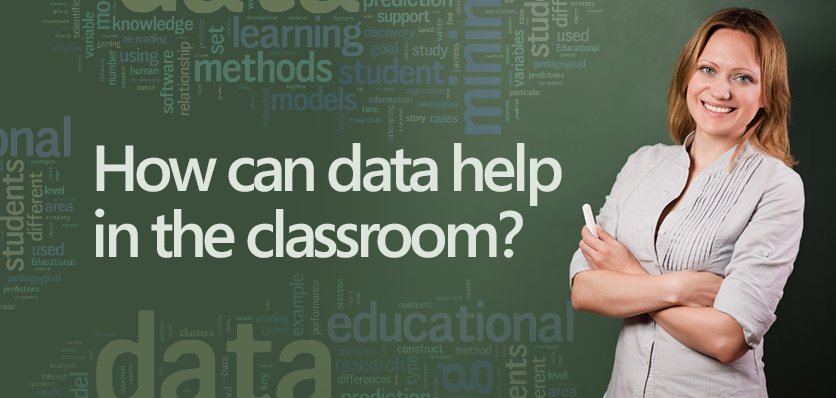How can data help in the classroom?

Today, those working in our sector have access to more data than ever before.This richness, when combined with well-trained professional judgment, can help teachers and institutions to enhance the education experience in numerous ways. Quite simply, learning empowered by data is better learning, for everyone.
Here is a brief overview of the role of data, and some best practice tips for getting the most out of it.
Step One:
Understand the different types of data, and their overarching uses
Before getting into specifics, it’s important to see the big picture properly. In particular, so ‘data’ doesn’t feel like some all-encompassing generic, it can help to split it into three types:
- Assessment data. This can either be performance/achievement-based data, such as test results, or behavioral data, such as attendance monitors.
- Teaching data, in the sense of instructional logs and lesson plans.
- Perceptual data, including surveys of parents and communities, feedback from students and so on.
Equally, make sure you’re familiar with the main uses of data:
- To evaluate issues, such as the cost-effectiveness of expenditure.
- To shape lessons.
- To assess trends, and then decide what a school can do differently, either to processes or teaching, as a consequence.
Step Two:
Get the basics right
Do: make sure your data is up-to-date. If it isn’t, it’s no use.
Do: make sure your data is complementary. All the different types and sets you collect should ‘talk to each other’ – in other words, be complementary and cross referable.
Do: make sure your data is useful. Don’t carry on collecting data that never gets used. Ask yourself why not? What could we do differently?
Do: make sure your data remains manageable. Don’t drown in so much data that it starts to govern you. It should be the other way round.
Step Three:
Adopt as many of these techniques as you can
- Create data teams, with specific tasks. This shares the burden, involves everyone and enables focus (rather than an ‘everyone does everything’ scattergun approach).
- Train teachers in data analysis and assessment. These may not be part of their natural and existing skillset, but – for data to be truly useful – they need to be.
- Consider engaging an external statistical expert to analyze data that’s really complex, but only as an exception. Ultimately, you want your teachers to be your data experts.
- Use data as a means to positive ends. Don’t get obsessed with, say, attendance data as a tool for blame. Instead, concentrate on test score data as way to set individual goals and learning methods for specific students.
- Constantly use new data to fine tune and change what you’re doing. Don’t stick to the first set of results or conclusions.
- Share data: with students, parents, other teachers, the community – don’t keep it isolated or ‘secret’. In this way, data can support and enrich your professional opinion and insight with real facts, analysis and plans for improvement that everyone can be part of.
